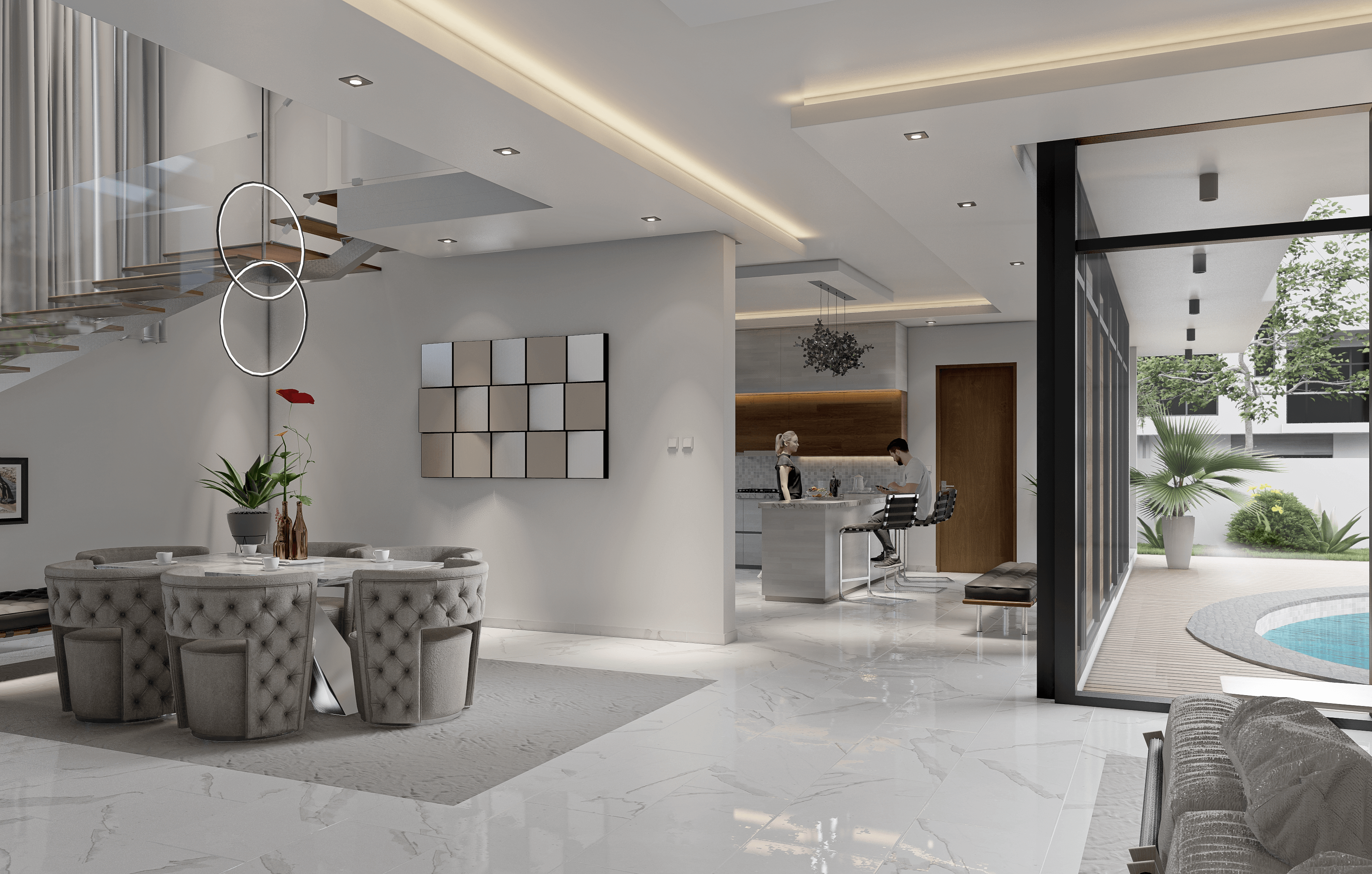For as wonderful as hybrid working is, staying motivated while you work from home—your place of comfort—can be difficult. That’s why it’s so important to create a home office space that keeps you inspired throughout the day. When designed properly, home offices allow many people to work more efficiently and, above all, more comfortably. Designing a home office is about inspiring the person who will be working within the space
In today’s blog post, we’ll be discussing some helpful tips for setting up a chic and functional home office.
Welcome.
Creating A Perfect Home Office
When creating an office, your options depend on the circumstances of your existing house. If you don’t have a spare room that can be easily re-arranged into an office space, then an extension or renovation of a garden room or shed may be an option. This helps you separate your private space from the working area, which not only is beneficial for your work-life balance; but it can also promote increased productivity at work. It sounds good, but how to achieve it?
Tips For Designing The Perfect Home Office
If you want to set up that perfect home office, the following tips will help:
1. Get some natural lighting.
Setting up your home office in a place with natural daylight is a great way to help you feel more active and energized. Natural lighting is also great for your overall well-being. It helps you maintain
your levels of vitamin D— a critical nutrient that improves your sleep and helps you stay in a good mood.
In addition to its health benefits, having a home office with natural lighting will help you reduce your energy consumption because you’ll need to use artificial lighting less often.
2. Find a quiet spot.
If you want to be able to focus while working at home, you’ll need to set up your home office in a quiet spot. Unless you live alone, there are probably some places in your house where you’re less likely to get interrupted.
Sure, there are many design aspects that encourage concentration and productivity. However, setting up that office in the right place is half the battle won.
Location is key, you’ll want to select a space that’s away from the daily flow and distractions of your household.
3. Pick the right colors.
Colors can have a great psychological impact on people. Choosing the right color can mean the difference between high productivity and feeling like you want to sleep every time you sit at your desk. Different colors elicit different physical and emotional responses from people, so you need to choose wisely.
In general, light and airy colors are preferred for a home office. You’ll also want to use more “natural” colors, such as blues, greens, off-whites and other earthy tones.
4. Choose ergonomic furniture
Choosing comfortable and ergonomic furniture for your home office isn’t a luxury choice. You’ll be spending a lot of time in that office, so well-designed and ergonomic furniture is essential for your health and overall well-being.
In addition to protecting your health, ergonomic furniture will help you feel more comfortable and, as a result, focus better. Keep in mind that “ergonomic” doesn’t mean too-comfortable furniture that’ll make you fall asleep!
Will you have clients or customers visit during the day? Plan for additional seating in your home office plan
5. Add a personal touch.
Adding your personal touch to your home office won’t just make it feel like your workplace; it will help boost your productivity. Always surround yourself with personal items that inspire and motivate you.
This will help you get in the right mood for work and overcome some of the challenges of working from home.
No view? Position your desk to face the door instead or place a pleasing piece of artwork or an inspirational pin board above your desk.
6. Focus on your needs.
The perfect workspace isn’t the same for everyone. Before you start designing your workspace — or hire a professional to do it — you should start by setting clear expectations.
Knowing what exactly you need from a workspace before designing anything will make the process much easier. Keep in mind that your needs will depend on the type of work you do.
Nothing makes a home office look or feel more cluttered than wires hanging from your desk and running everywhere. Take control of your technology.
7. Eliminate all distractions.
One of the major downsides of working from home is all the distractions. While there are distractions at the workplace, they are nothing compared to what you have at home. So, don’t make things too distracting at that home office. There are items that help you take a quick, five-minute break when you need to, and other things — like the TV — that can end up wasting hours of your time.
8. Use smart storage solutions.
Many home offices don’t have much space to work with, and that’s why smart storage solutions are a must. The right storage solution will help you keep everything you need in that workplace nearby, without making your home office look like a total mess. Not only will you not be able to easily find what you’re looking for in a messy workplace; it’ll also affect your mood and overall productivity.
Shelving and Storage is often overlooked when designing a home office and can really affect your productivity.
Working from home is becoming the norm for many people. While there are many challenges that come with working from home, a well-designed office will make it easier. You’ll get a place where you can focus and be productive, without having to leave the comfort of your home.

